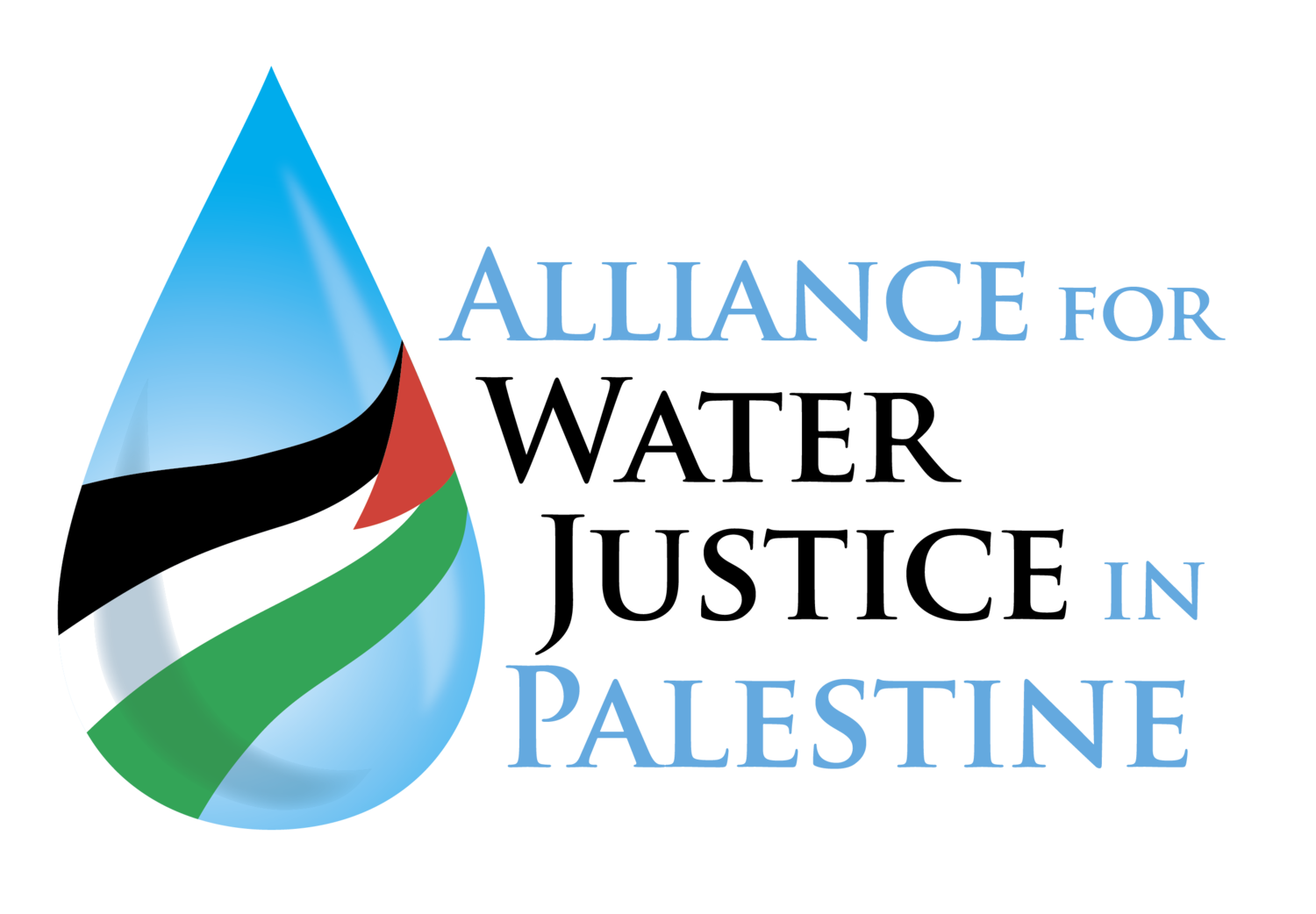Soon after the 1967 war, Israeli leaders discussed how to expel the hundreds of thousands of Palestinians newly under its military occupation. Levi Eshkol, then Israel’s prime minister, proposed: “If we don’t give them enough water they won’t have a choice, because the orchards will yellow and wither.”
The Jordan Valley has 927 square miles of the most fertile land in Palestine. Israel’s illegal settlements and military closures restrict Palestinians from 91% of the land. At least 18 illegal military outposts (7 of which were established after Trump became U.S. president) close off 60% of the area.
Palestinians in the northern Jordan Valley once cultivated about 15,000 dunums of land. Now the area has shrunk 50% as a result of Israel forbidding access to water and increasing its allocation of water in larger quantities to the illegal settlements. Illegal Israeli settlers consumes 8 times more water than Palestinians.
The Jordan Valley’s rich water sources include the Jordan River Basin, the Dead Sea, and numerous springs. If Palestinians had access to their land and water, their agricultural yield would increase by $1.6 billion annually.
Israel regularly cuts off the water supply to Palestinian towns and villages, demolishes Palestinian water pipes and wells, and forbids people from digging new wells, repairing old ones—or even setting up cisterns to collect rainwater.
Trucked-in water often costs 50% of a Palestinian family’s monthly expenditure.
Israel’s systematic demolitions of Palestinian homes, denial of building permits (including toilets and structures for privacy)—and destruction of water pipelines and water tanks—make it impossible to maintain a sanitary environment, particularly for the everyday personal hygiene needs of women and girls, and, now, for the necessity of frequent handwashing as a measure against COVID-19.
For sources, see facts 42, 83, 92, 114, 134, 141 here on the Alliance’s website.

